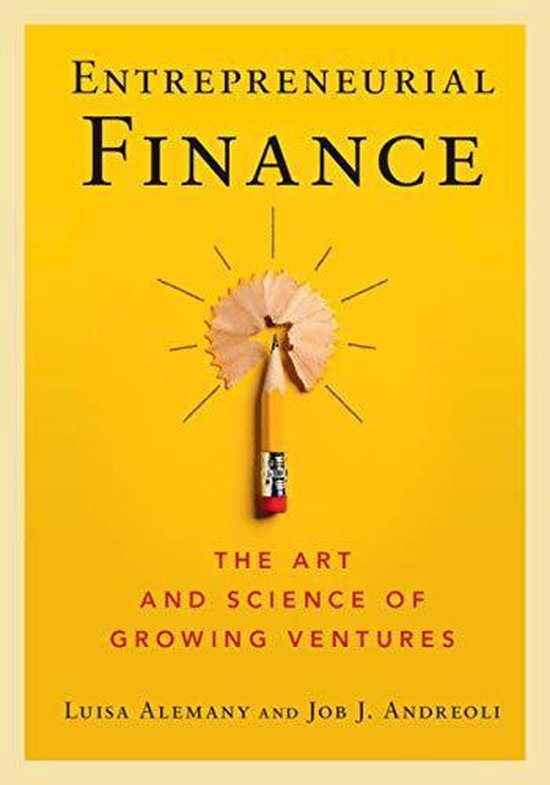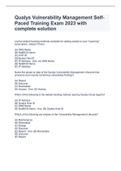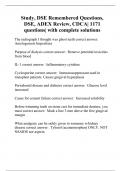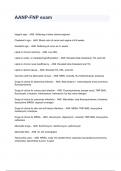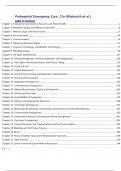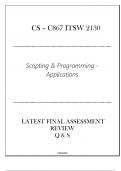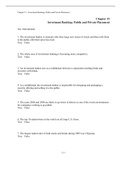Samenvatting
Entrepreneurial Finance 2024 (Exam Questions+Group Case + Summary) (17/20)
Ik behaalde uitstekende resultaten met dit document, en zowel de antwoorden op de casestudy als de examenvragen bleken zeer waardevol. Structuur van het document 1. Voorbeeldvragen Het document begint met een verzameling voorbeeldvragen uit verschillende academiejaren (specifieke jaren niet v...
[Meer zien]

